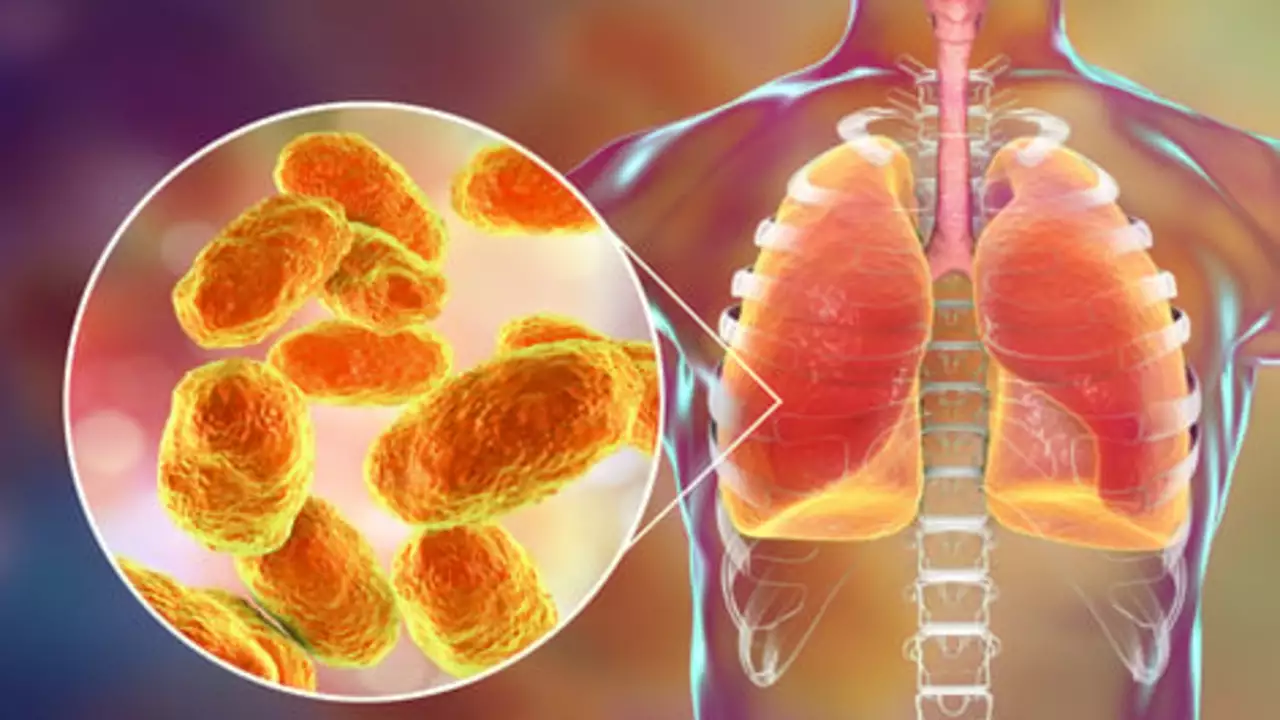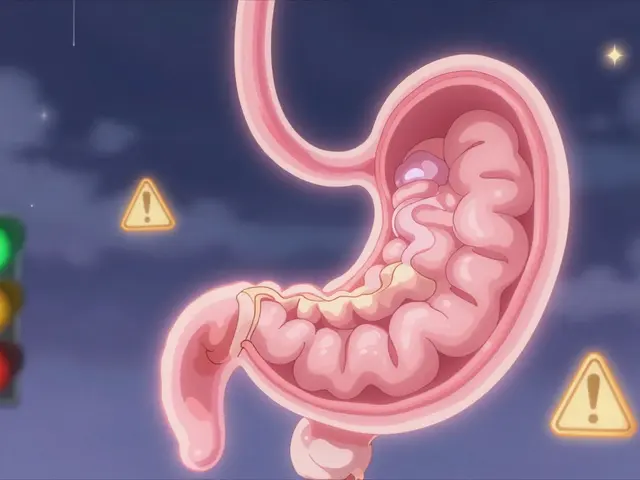Respiratory infections — what to spot and what to do
Respiratory infections range from a mild cold to life-threatening pneumonia. Some are viral (like the common cold, flu, COVID) and some are bacterial (certain bronchitis and many pneumonias). The good news: most mild infections get better with basic care. The important part is knowing when to treat at home and when to see a clinician.
Signs that need medical care
Watch for these red flags — get medical help right away if you or someone you care for has any of them: fast or hard breathing, lips or face turning blue, high fever (over 102°F / 39°C) that doesn't come down, severe chest pain, confusion or sudden drowsiness, or coughing up blood. Infants, people over 65, pregnant people, and those with weak immune systems or chronic lung disease (like emphysema or COPD) should seek care sooner.
Mild symptoms that can still need a doctor: symptoms that get worse after 3–5 days, shortness of breath when walking, or a fever that returns after improving. Doctors may order a rapid flu or COVID test, a chest X-ray, or blood tests to check for bacterial infection.
Simple prevention and home care
Practical steps you can take today: wash hands often, avoid close contact with sick people, improve room ventilation, and stay home while contagious. Vaccines cut your risk dramatically — seasonal flu and COVID shots, and pneumococcal vaccine for older adults or people with chronic lung disease, are the most useful.
At home, rest and fluids matter. Use acetaminophen or ibuprofen for fever and pain. A humidifier or hot showers can loosen mucus and ease breathing. Saline nasal sprays help congestion. For coughs, honey (for adults and children over 1) can reduce throat irritation. Avoid smoking and smoky environments — smoke makes infections worse and slows recovery.
Antibiotics only help bacterial infections. Your doctor will decide based on symptoms, tests, and your risk factors. If prescribed antibiotics, take the full course even if you feel better.
If you have chronic lung disease, follow your action plan and talk to your provider early when symptoms change. Early treatment often prevents hospital visits.
Quick tip: if symptoms come back or don’t improve after a week, book a check-up. Tests like a chest X-ray or sputum culture can catch pneumonia or other complications early.
Want more on long-term lung conditions and how infections affect the heart and circulation? Check resources on emphysema and COPD care. If you're unsure, it's safer to ask a clinician — a short call or telehealth visit can save time and prevent a bigger problem.
The Connection Between Pneumonia and the Flu
As a blogger, I've recently been researching the connection between pneumonia and the flu. I discovered that the flu can actually weaken our immune system, making us more susceptible to pneumonia. This is particularly concerning for young children, the elderly, and those with chronic health issues. To protect ourselves, it's important to get the flu vaccine and practice good hygiene, such as washing our hands regularly. By taking these precautions, we can reduce our risk of both the flu and pneumonia.






